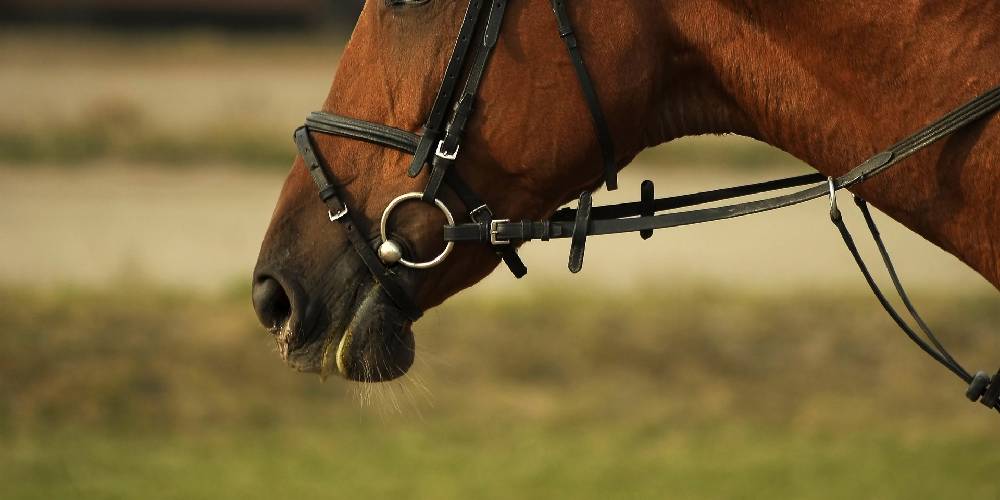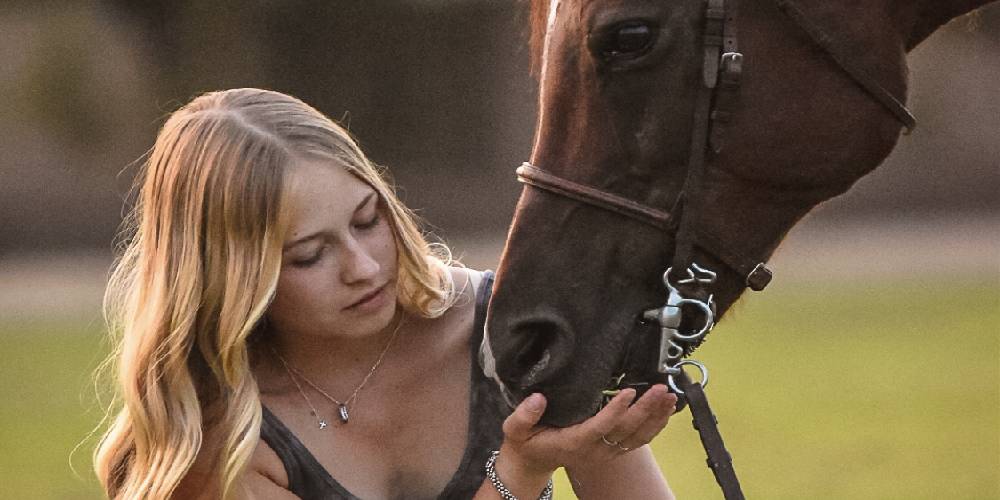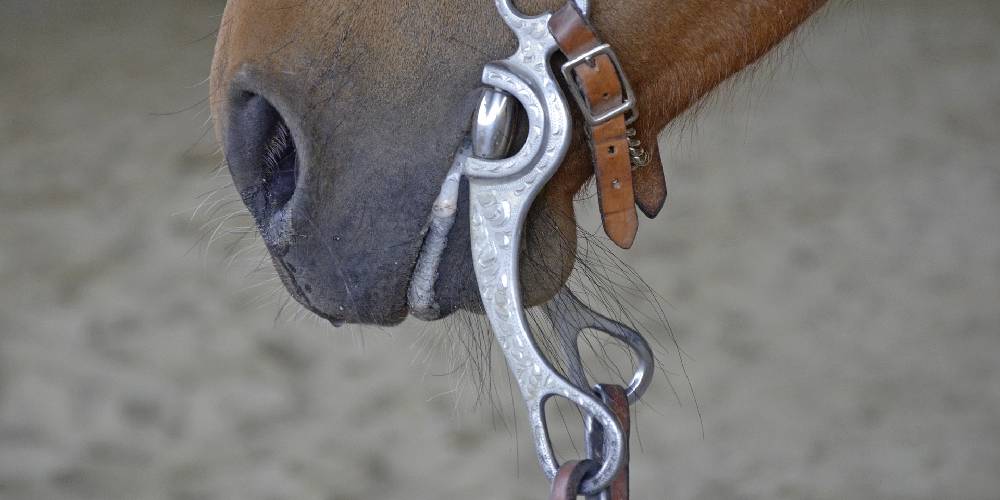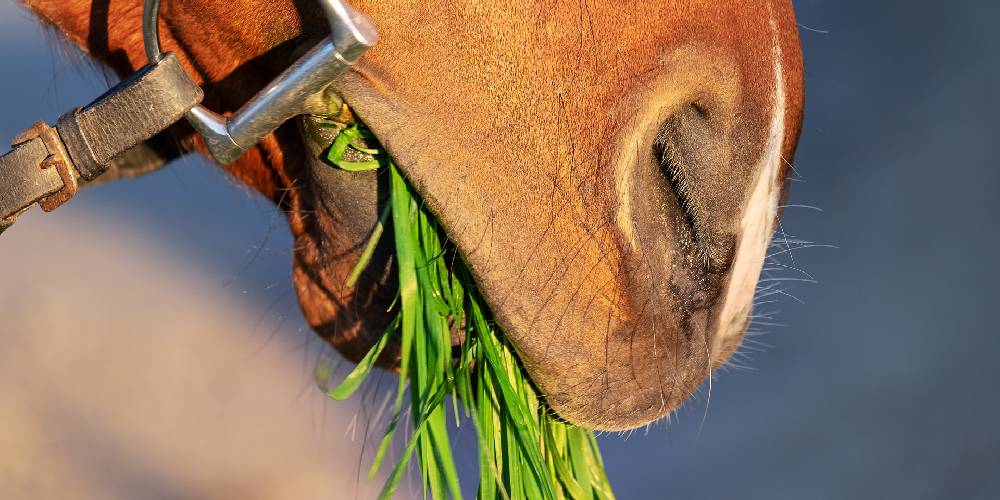There are so many different kinds of bits in the world that no one could begin to count. Some people don’t even know what a bit is! I will cover the basic types of bits and what disciplines that they are used in!
What Is A Bit?
A bit is the metal piece put in a horse’s mouth when riding and it is used to have better control of the horse by putting direct pressure on the horse’s mouth. There are several different kinds of bits used in both English and Western riding, but the most popularly used is the snaffle bit and the curb bit.
Types Of Bits
Snaffle Bit

The snaffle bit is one of the most commonly used bits in the horse world, especially in English riding. Most of the time, a snaffle bit is the first bit a horse will ever have in its mouth before ‘upgrading’ to something harsher or one that offers more control.
There are actually many different types of snaffle bits. All of them have a joint in the middle of the bit where each side meets in the middle. Some snaffles are double jointed meaning there are two links in the middle with a bar in between each side.
One type of snaffle is actually the first picture you see when opening this article. That is a snaffle bit with a full cheekpiece. This helps to keep the bit in the horse’s mouth without the rings on the outside going in. This ensures the rider will have control of the horse as the bit won’t be sliding so much in the horse’s mouth.
Another type of snaffle is the twisted wire snaffle. These bits can come really thin which is harsher, or really thick which is softer. The twist in the metal in the mouth makes it a stronger bit than if it is smooth like most snaffles. This offers the rider more control but still keeps a simple bit in their mouth.
The double-jointed bit is a popular snaffle too. This bit has the same two sides that meet in the middle like any other snaffle, but an extra metal piece is in between them connected by joints giving more moving parts in the mouth. Sometimes the middle piece is made of sweet iron. The sweet iron piece tastes sweet to the horse which encourages saliva production making the bit feel less harsh and the horse more willing to accept the bit.
Pelham Bit

I actually used a Pelham bit on both of my Arabians. It is still a gentler bit but has shanks to offer more leverage making it a good in-between bit for horses who need less than a curb, but more than a snaffle.
There are both English and Western versions of this bit so horses who require it can use their version of the bit depending on what style they’re being ridden.
Western horses who use a Pelham bit typically have longer shanks on each end of their bit than in English. English Pelham bits have shorter shanks and look smaller than the western ones although they both offer the same control overall.
One great feature about the Pelham bit is the fact that it has a curb chain. This chain, when the reins are pulled, presses into the horse’s chin groove causing them to stop and put their head down and in.
Curb Bit

Primarily a western bit, curb bits are typically a bit that has one bar between two shanks. The curb bit has a port which is basically a curve in the metal bar that presses into the roof of the horses mouth when the reins are pulled. Not only does the port press into the rood of the mouth, the bit is also paired with a curb chain which presses into the chin groove. These bits give a lot of control to the rider.
Curb bits are typically seen in western riding, though they are seen in English Country Pleasure, or flat saddle riding. In this English discipline, the curb bit is paired with a snaffle so the horse basically has two bits in its mouth. When paired with a bridle, this is known as a double bridle.
There are many versions of this bit.
One version of this bit is the low ported curb. I actually used one of these on my Missouri Fox Trotter. The low ported curb is, believe it or not, one of the harsher versions of the curb bit even though it doesn’t look as severe as others. This is because the low port puts more pressure on the horse’s tongue than other bits while still hitting the roof of the mouth and the chin groove. This bit is used in horses that are harder to control and need more in their mouth.
Another version of the curb bit is the high ported curb. This bit is one of the softer bits as the high port allows the tongue to be free and lessens the pressure on it that a low port might inflict. The high port makes the bit hit the mouth sooner when the reins are pulled so softer hands are needed and less contact from the rider is needed as well.
Some curb bits have things called rollers on the port so the horse can play with it with their tongue. Often times the roller is made of sweet iron.
Do Bits Hurt The Horse?

If a bit is used harshly and rough, yest it can hurt the horse. Also, if the bit is put upside down or backwards the horse can be hurt by that too. Overall however, if used properly, bits don’t hurt the horses at all and some may even kind of like their bits. (My horse Bronze LOVES Snaffle bits for some reason).
Some bits are harsher and require softer hands than others. An example would be the fact that a thin twisted wire snaffle requires lighter hands than a thick high-ported curb.
Fun Fact On Bits
Did you know that bits can actually be almost hybrids of each other? This is kind of what the Pelham bit is. The Pelham has shanks and a curb chain like a curb bit, but a jointed mouth piece like a snaffle. Another example of a hybrid bit is a bit that looks like a snaffle on the sides, but has a port and curb chain like a curb bit. I have seen this bit used on horses who are competing in an English riding class where they need a bit heavier than a snaffle, but don’t want to use a Pelham. I actually am going to start riding using one of these hybrids on the Quarter Horse I ride because she requires more than a snaffle.

